- Print
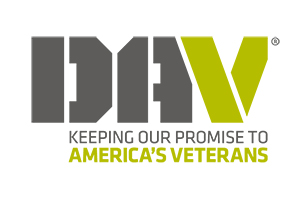 In 2020 and 2021 DAV celebrated its centennial anniversary and marked 100 years of service and support for America’s injured and ill veterans and their families.
In 2020 and 2021 DAV celebrated its centennial anniversary and marked 100 years of service and support for America’s injured and ill veterans and their families.
The Disabled American Veterans of the World War (now DAV—Disabled American Veterans) was founded by former Cincinnati Judge Robert S. Marx in 1920. Marx, a U.S. Army captain who received the Distinguished Service Cross during the First World War, recognized that the nation was ill-equipped to provide the medical care and services the more than 200,000 injured and ill returning war veterans needed—and had earned.
Since the time of our founding, we have stood as an organization of veterans serving veterans as they make the critical transition from military service to civilian life. Today, with a century of service and support under our belts and more than 1 million members in our ranks, DAV continues the fight to make medical care, employment, education and other earned benefits accessible to America’s 4 million disabled veterans.
Veterans need our help today, as much as they did 100 years ago. They have earned the right to participate in the American Dream they helped to defend, and we will continue our work to help make that promise possible well into the future.
Please join us as we mark this momentous anniversary in DAV’s history of service to the men and women who served.
WARS & SCARS
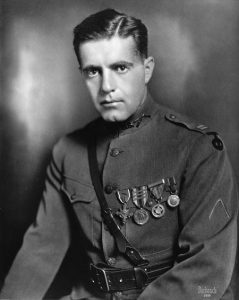
Through the years
1918 – WWI ends
An entire generation of returning veterans, many of whom have been wounded or gassed, fill America’s streets. With incredibly limited resources, the veterans of the Great War have come home to a weakened economy and a government ill-prepared to confront the realities of wartime service.
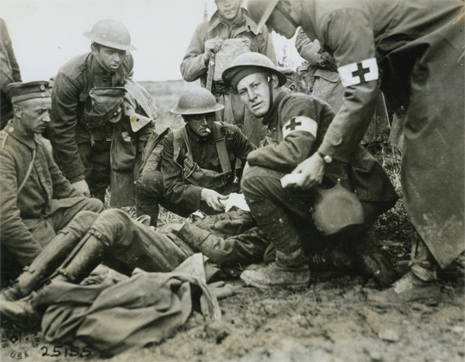
1920 – DAVWW founded
Judge Robert Marx, a disabled war hero and Cincinnati Superior Court judge, convenes several hundred fellow veterans to form the Disabled American Veterans of the World War (DAVWW), in Cincinnati, Ohio, the founding city and first headquarters for national operations. The group bands together to give voice to the 741,000 veterans forever changed in wartime service.
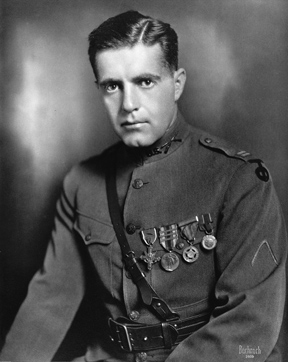
1921 – First national convention held
More than 1,000 disabled veterans from every U.S. state and territory travel to Detroit to participate in the organization’s first national convention.
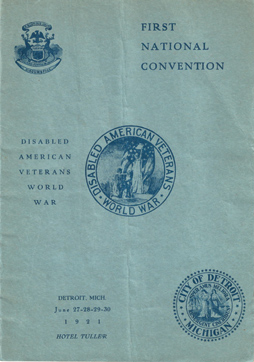
1921 – Veterans Bureau created
DAVWW supports establishment of the Veterans Bureau, a predecessor of today’s Department of Veterans Affairs (VA).
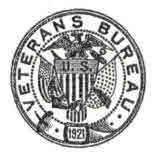
1922 – Ford caravan to second national convention
With the means to travel to the DAVWW’s second National Convention limited, particularly for veterans with severe disabilities, Henry Ford organizes a cross-country caravan of 50 Model T Fords to transport DAVWW members, beginning a robust and committed partnership between the DAV and the Ford Motor Company.
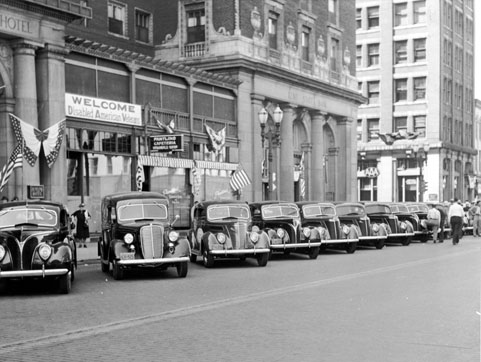
1922 – Auxiliary founded
Following the DAVWW national convention, the Auxiliary is founded to focus on the families of veterans disabled during their wartime service. Although the organization is initially for the sisters, wives and daughters of servicemen, it will expand eligibility to men in 2005.
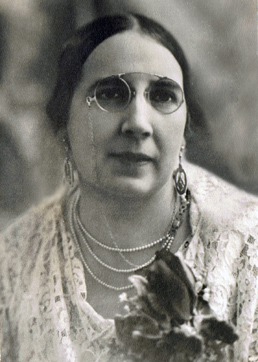
1931 – National Service Foundation established
The National Service Foundation is established to assist in raising funds for the service initiatives of the DAV national organization. The Foundation initially serves to ensure that the National Service Program and other service initiatives will always be available for veterans of every era of conflict. Over the years, the Foundation’s role will expand and adapt to reflect the ever-changing needs of veterans.
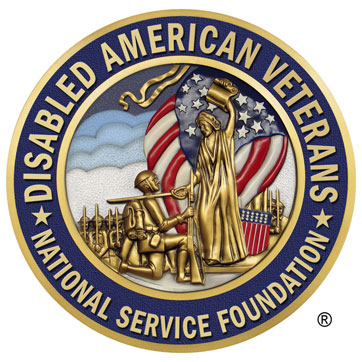
1932 – Federal charter created
Congress recognizes the DAV of the World War as the official voice of America’s wartime disabled veterans.
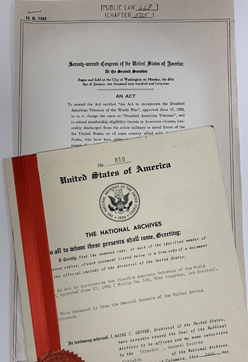
1932 – The Bonus Army marches
In the midst of the Great Depression, DAVWW members are among 43,000 veterans to march on Washington demanding cash payment for service certificates. The protest is violently squelched by Army infantry and cavalry.
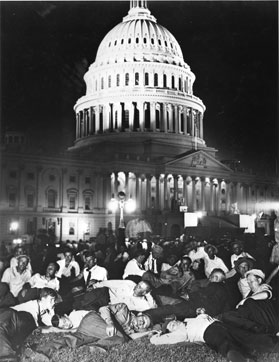
1941 – Japanese bomb Pearl Harbor
The attack on the U.S. naval base at Pearl Harbor in Honolulu draws the nation into World War II. Americans flood recruiting offices to enlist in the armed forces. A full 12% of the total population will sign up to serve.
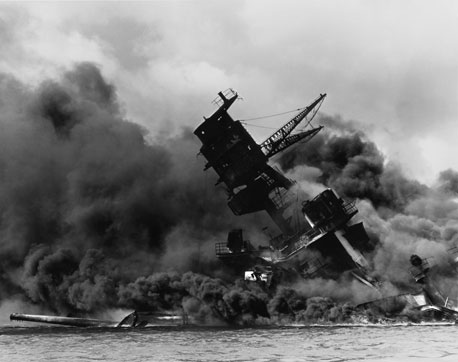
1943 – DAVWW becomes DAV
With the world at war again and a focus on advocacy for future generations, the National Executive Committee shortens the name of the organization to Disabled American Veterans (DAV).
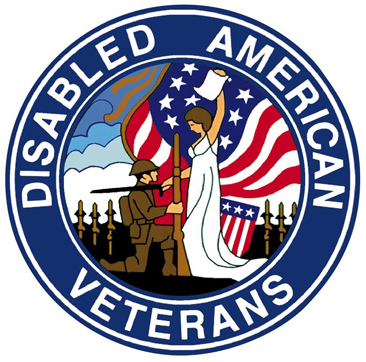
1944 – Service officer training program begins
The first 354 national service officers are trained at American University in Washington, D.C, providing a new generation of disabled veterans the knowledge and expertise they need to represent their fellow veterans returning from the war. The training expands to The Catholic University of America, in Washington, D.C., in 1967.
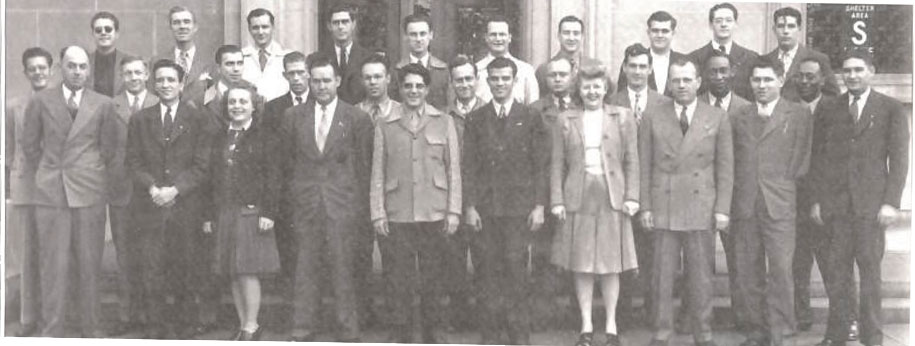
1944 – Servicemen’s Readjustment Act signed
President Franklin D. Roosevelt signs the Servicemen’s Readjustment Act of 1944, commonly known as the G.I. Bill, into law. It provides veterans returning from World War II with education and vocational training, low-cost home loans and expanded veteran health care.
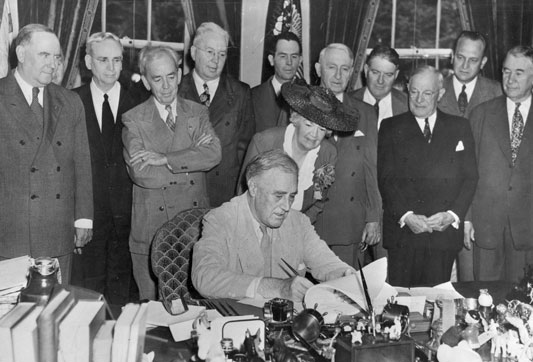
1946 – Membership milestone reached
For the first time, DAV membership hits 100,000.
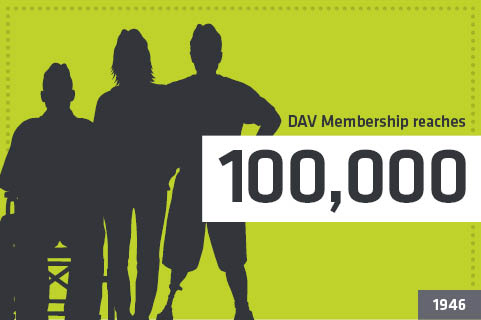
1950 – Korean War begins
North Korean forces invade south, and the U.S. comes to South Korea’s aid as head of the United Nations Command. Three years later, after a stalemate, veterans return from the “Forgotten War.” DAV service officers push to represent them.
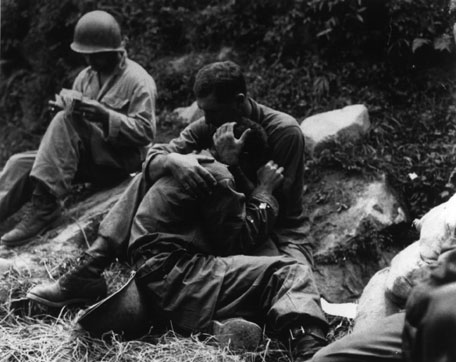
1955 – Vietnam War begins
The Military Assistance Advisory Group-Vietnam is designated, beginning a politically and socially fraught war that won’t officially end until 1975. Of the 2.7 million who will serve in country, 58,220 Americans will be killed and 304,000 wounded—though the full cost of the war on Vietnam veterans is ongoing. A total of 9 million Americans will serve on active duty during the Vietnam era.
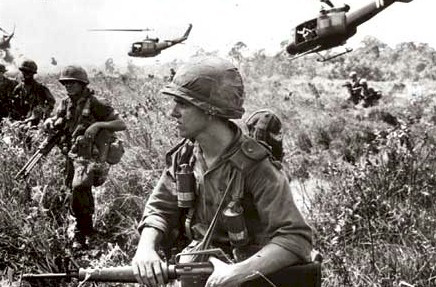
1958 – Survivors benefits overhaul
DAV and the DAV Auxiliary push for total revision of survivor benefits program. Dependency and Indemnity Compensation creates a safety net for spouses and families of veterans who die as a result of service-connected injuries or illness and ensures automatic increases tied to military pay rates.
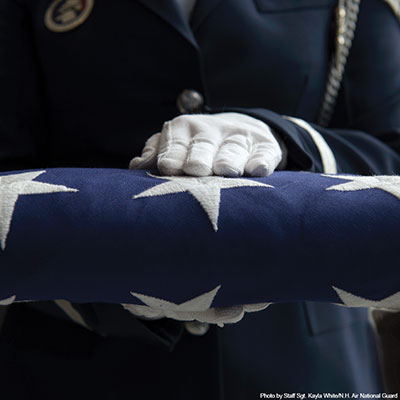
1958 – New membership milestone reached
DAV reaches 200,000 members for the first time.
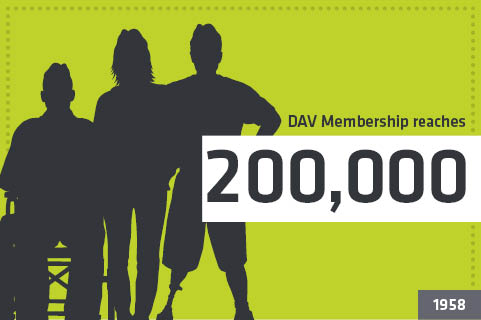
1962 – Use of Agent Orange begins
American forces in Vietnam begin using Agent Orange to remove foliage that has provided enemy cover, exposing U.S. troops to the chemical in the process. In use until 1971, the defoliant will cause widespread illness and prompt numerous legislative battles. The federal government will later direct the then-Institute of Medicine to issue reports every two years to assess the risk of both cancer and non-cancer health effects of the toxic herbicide. The report, “Veterans and Agent Orange,” is first published in 1994.
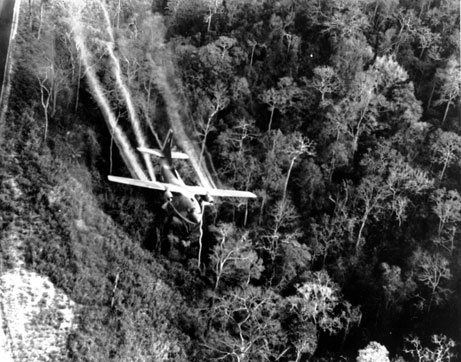
1966 – Veterans Readjustment Benefits Act introduced
DAV advocates for passage of the Veterans Readjustment Benefits Act to make newly returned Vietnam veterans eligible for benefits similar to those granted to veterans of World War II and the Korean War, including the more than 300,000 who have returned home wounded.
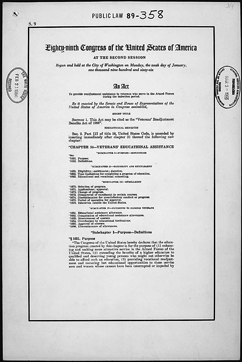
1966 – New National Headquarters opens
DAV establishes its new national headquarters in Cold Spring, Ky., across the river from Cincinnati.
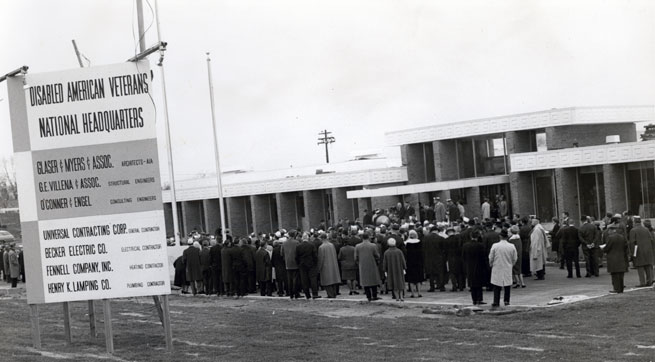
1974 – Field Service Unit program begins
A caravan of six new motor homes is converted to rolling offices, kicking off the Field Service Unit program. DAV takes its services to the suburbs and rural areas of America, often distant from DAV offices, to deliver benefits advocacy to the underserved.
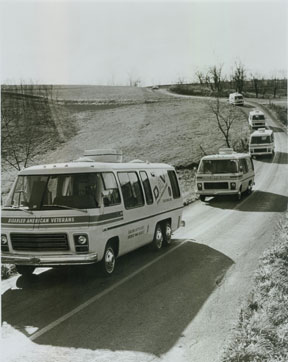
1976 – Membership milestone achieved
DAV membership climbs above 500,000.
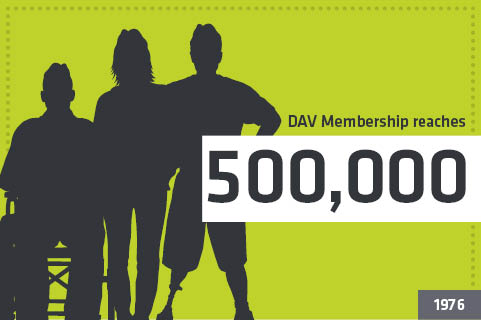
1977 – The Forgotten Warrior Project begins
The DAV-funded Forgotten Warrior Project defines the issue of post-traumatic stress disorder among war veterans. Research results in the creation of DAV’s Vietnam Veterans Outreach Program, which will ultimately be adopted by the VA and serve as the model for today’s Vet Center program.
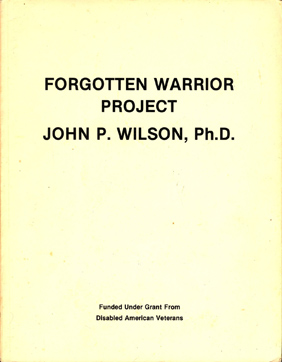
1976 – National Service and Legislative Headquarters opens
As America celebrates its bicentennial, DAV opens its National Service & Legislative Headquarters in Washington, D.C., to ensure the voices of our nation’s wartime disabled are heard and to advocate on their behalf.
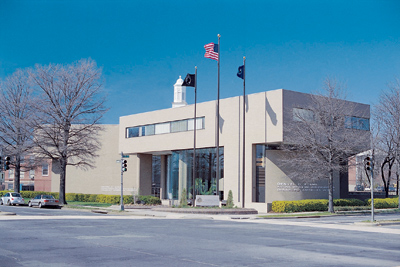
1980 – PTSD formally recognized
Largely as a result of research gathered through DAV’s Forgotten Warrior Project, PTSD is recognized in the third edition of the American Psychiatric Association’s Diagnostic and Statistics Manual of Mental Disorders. Consequently, PTSD is included as a disability in Title 38 of the Code of Federal Regulations.
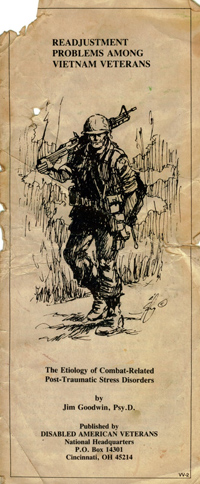
1983 – Marine Corps barracks bombed
A suicide bomber detonates a truck bomb at the Marine barracks in Beirut, Lebanon, killing 241. As a result, the U.S. withdraws peacekeeping forces and a new form of terrorism is born.

1984 – Montgomery GI Bill
The Montgomery GI Bill provides up to 36-months of educational benefits to veterans who served at least two-years on active duty for service members who paid $100 per month for their first year of service. It remains a premier recruiting goal and veteran benefit until Congress passes the Post 9/11-GI Bill in 2008.

1985 – DAV reaches 1 million members
DAV membership swells to 1 million veterans.
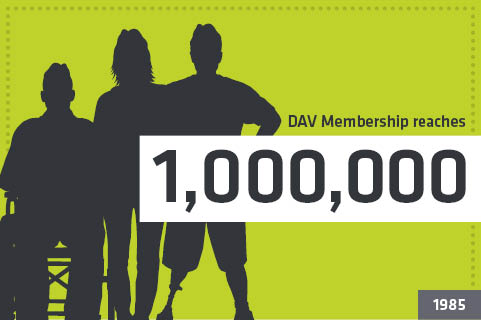
1986 – DAV Charitable Service Trust established
The DAV Charitable Service Trust is established to fill gaps in crucial services that help veterans beyond DAV’s traditional services and government programs. The Trust provides grants to nonprofit organizations with gifts primarly given through workplace giving campaigns. More than $70,000,000 have been awarded across 1,275 grants since the Trust was established.
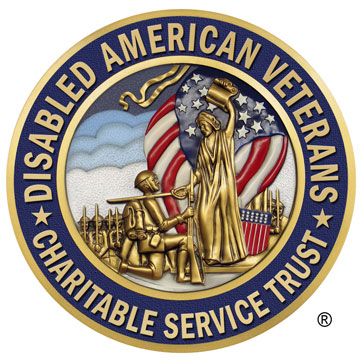
1987 – Transportation Network launches
In response to government cuts to travel benefits, DAV creates a national network of volunteer drivers administered by DAV at VA facilities nationwide. The effort connects veterans with earned care and propels DAV to prominence as the most prolific volunteer network in the nation. The program grows significantly, providing more than 600,000 rides to veterans attending medical appointments every year.
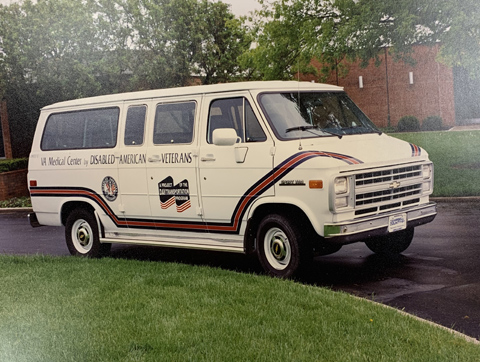
1987 – Winter sports clinic partnership begins
DAV partners with the VA to present the National Disabled Veterans Winter Sports Clinic at Crested Butte, Colo. The event draws nearly 100 veterans with traumatic brain injuries, spinal cord injuries, amputations, visual impairments and other disabilities. The event, which empowers participants to challenge perceived limitations through adaptive sports, will later move to Snowmass (near Aspen).
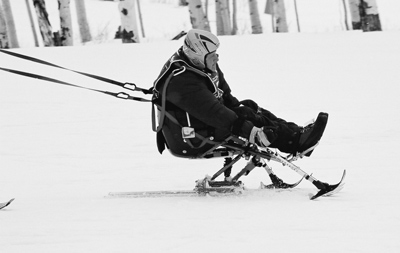
1988 – Court of Veterans Appeals established
Congress creates the U.S. Court of Appeals for Veterans Claims, which has exclusive jurisdiction to provide independent oversight and review of final decisions of the Board of Veterans’ Appeals.
The newly established court is for veterans seeking to reverse a VA benefits decision. Recognizing its value, DAV continues to provide DAV national appeals officers and pro bono legal representation.
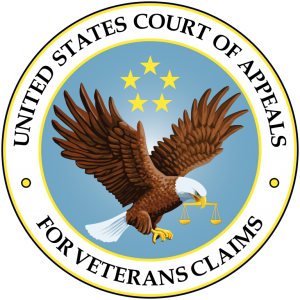
1989 – Veterans Administration elevated to cabinet level
President Ronald Reagan elevates the VA to cabinet status and, on March 15, the Veterans Administration becomes the Department of Veterans Affairs. DAV and others had long stressed that the VA was the largest independent federal agency in terms of budget, second only to the Department of Defense in number of employees.
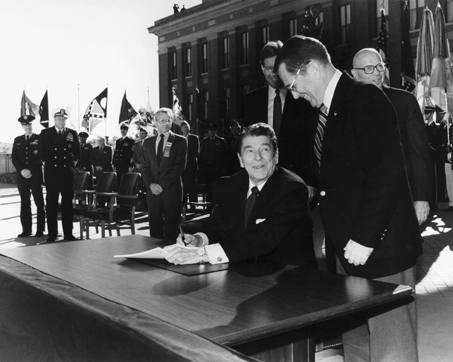
1990 – The Persian Gulf War begins
In Operation Desert Storm, a coalition of 39 nations under American leadership drives enemy forces out of Kuwait, repelling Iraq’s invasion and annexation while overwhelming the Iraqi Army.
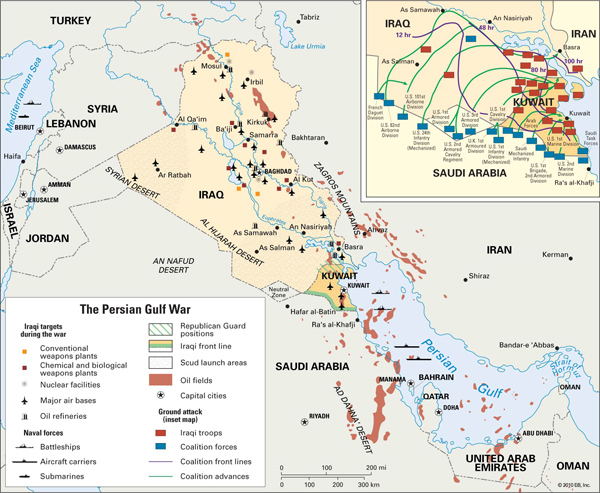
1991 – Agent Orange Act passed
The DAV-spearheaded Agent Orange Act ensures that veterans who served in Vietnam between 1962 and 1975 will automatically be presumed to have been exposed to Agent Orange for certain illnesses and will qualify for VA disability and health benefits.
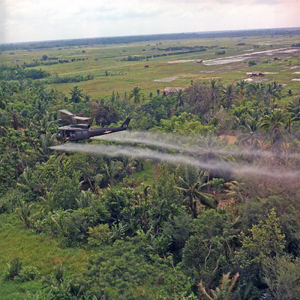
1993 – Jesse Brown named VA secretary
Jesse Brown, a Marine Corps veteran and executive director at the DAV National Service & Legislative Headquarters, is named secretary of veterans affairs under President Bill Clinton. Brown joined DAV in 1967, eventually becoming its first African American executive director in 1988. He will serve a VA secretary until 1997.
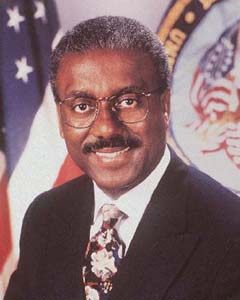
1994 – Service Officer Academy established
To replenish the ranks of retiring advocates, the first class of 20 service officers completes a 16-week training course at the DAV National Service Officer Training Academy at the University of Colorado at Denver. Under then-VA Secretary Jesse Brown’s leadership, the VA vocational rehabilitation program supports attending veteran apprentices.
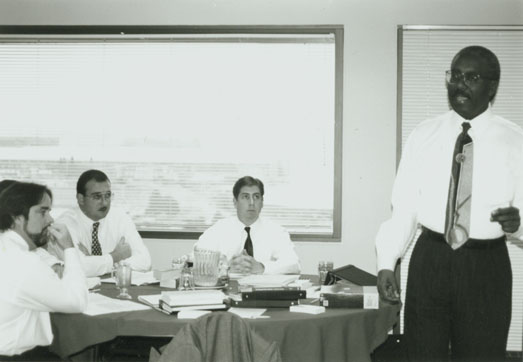
1994 – Gary Sinise awarded
Hollywood actor Gary Sinise receives the National Commander’s Award for his performance as Lt. Dan, a Vietnam veteran and double amputee, in the 1994 hit movie “Forrest Gump.” The award, in large part, begins Sinise’s longtime support of DAV and veterans.
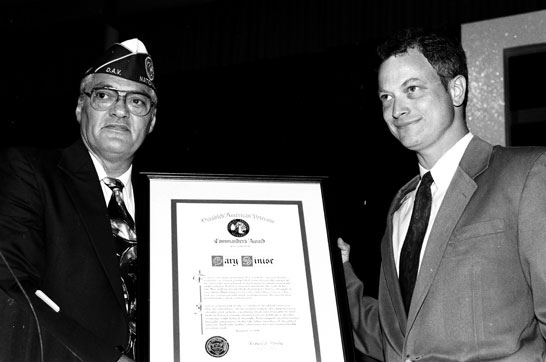
1996 – Eligibility reform introduced
The Veterans’ Health Care Eligibility Reform Act of 1996 greatly expands access to veteran health care by providing eligibility for outpatient care, leading to hundreds of new VA community-based outpatient clinics opening across the country. The law permits veterans rated at 50% and higher to receive treatment for any health condition, and the VA moves to a primary and preventive care model, greatly increasing safety and quality.
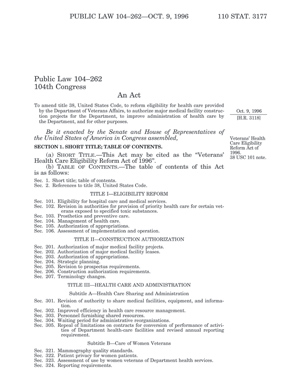
1996 – Women veterans summit held
DAV is the first major veterans service organization to co-host what will become a popular, reoccurring event that brings veterans from across the country together to collaborate on issues facing women veterans.
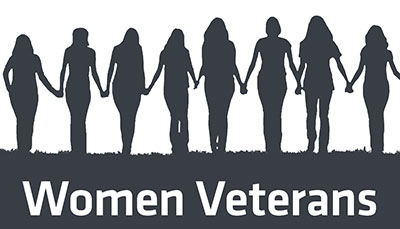
1996 – Colorado Trust established
DAV Department of Colorado leads the charge to establish the Colorado Trust, through which chapters and state-level departments can share the wealth, allowing those with surplus funds to support service initiatives. Its name will eventually change to the Columbia Trust and expand to ensure DAV services and special programs are available nationwide.
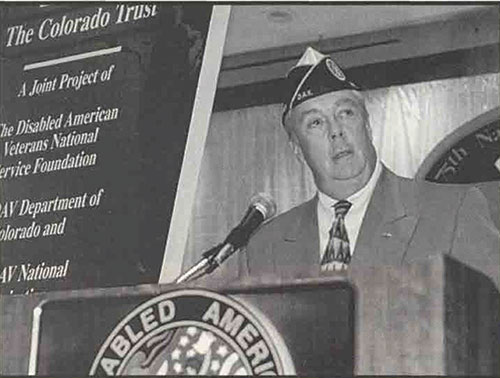
2000 – Women veterans, POW/MIAs and homeless veterans events held
DAV joins with the White House and the VA in sponsoring the second national summit on women veterans issues in 2000. After, DAV sponsors the first national POW/MIA summit in Washington, D.C., to tackle issues surrounding Americans taken prisoner of war or listed as missing in action. DAV continues to fight homelessness among veterans through the DAV Charitable Service Trust as well as through local stand downs.
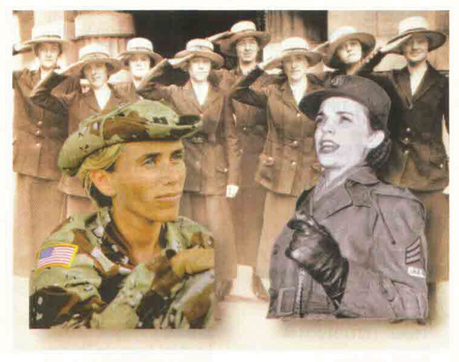
2001 – America attacked
On Sept. 11, terrorists fly two planes into New York’s World Trade Center and a third into the Pentagon. A fourth hijacked plane crashes in Pennsylvania. In all, 2,996 were killed. The attack ushers in a new era of war, with American men and women volunteering to bring the fight to the enemy. American troops will continue to serve in Afghanistan, Iraq, Yemen, Somalia, Syria, and other countries in support of the “War on Terror.”

2001 – Mobile Service Office program established
DAV fields a fleet of mobile service offices to deliver benefits advocacy to rural and underserved veterans.
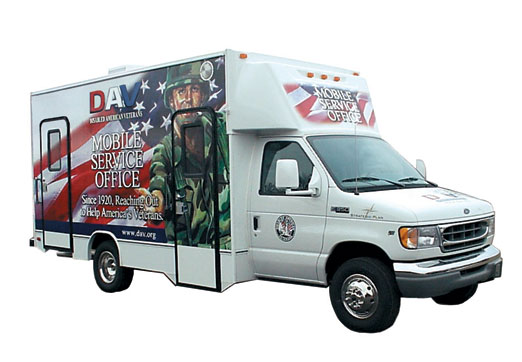
2001 – Transition Service program established
DAV launches the Transition Service program, which deploys specially trained transition service officers at military separation centers.
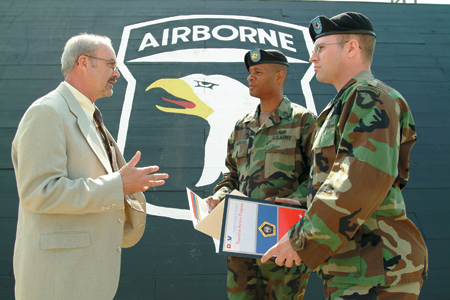
2001 – Department and Chapter Service Officer training program established
Service Officers at the state and local level are trained and certified by DAV National Service Offices to advise, instruct and prepare veterans with claims for various benefits to which they may be entitled.
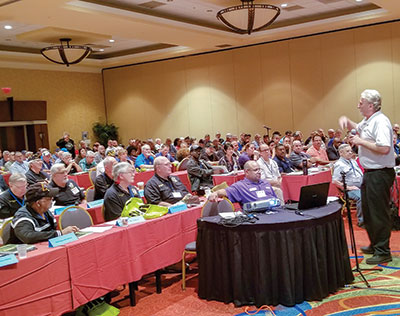
2003 – Youth scholarship renamed
DAV’s youth scholarship program, established in 2000, is renamed for DAV life member and former VA Secretary Jesse Brown. Since its inception, the Jesse Brown Memorial Youth Scholarship Program has awarded over $1,340,000 in scholarships to DAV youth volunteers.
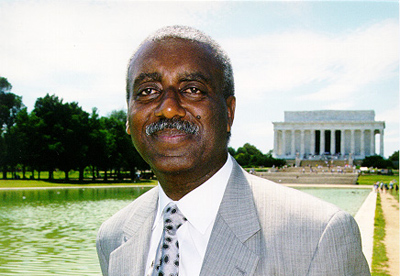
2006 – Case Management System created
DAV creates an electronic history of files that records DAV and VA actions through the adjudication process, helping to streamline its claims assistance process.
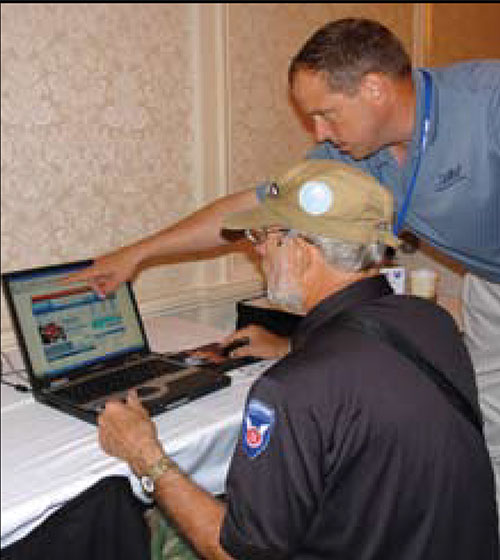
2007 – Burn pit hazards identified
DAV is first to bring attention to the hazards of burn pits with a registry and calls for research into exposures. In 2010, lawmakers will ban widespread burn pit use. In 2013, at DAV’s behest, Congress will mandate the Airborne Hazards and Open Burn Pit Registry, and the 2018 defense-spending bill will require further burn pit exposure research.

2008 – Stand Up for Veterans Campaign launched
DAV launches the award-winning Stand Up for Veterans advocacy and awareness campaign to improve care for ill and injured service members, particularly those returning from wars in Afghanistan and Iraq, ultimately resulting in new legislation covering traumatic brain injury, mental health care, women veterans and caregivers.

2008 – Post-9/11 Veterans Educational Assistance Act passed
The Post-9/11 GI Bill expands educational benefits for those who served on and after Sept. 11, 2001. It also permits veterans to transfer their unused educational benefits to family members.
2009 – Advanced Appropriations signed
President Barack Obama signs legislation developed and championed by DAV that authorizes Congress to appropriate VA medical care funding one year in advance, thereby shielding veterans hospitals and clinics from disruptions caused by late budgets, continuing resolutions and government shutdowns. This landmark proposal will help end partisan budget battles and ensure the VA has sufficient, timely and predictable funding.
2010 – Caregiver program established
The VA launches its Program of Comprehensive Assistance for Family Caregivers, which provides home health training, peer support and a modest financial stipend to caregivers of severely injured veterans, but only post-9/11 veterans are eligible. Citing the thousands of veterans seriously injured in previous eras, DAV will launch a fight to expand caregiver benefits to all generations of veterans.
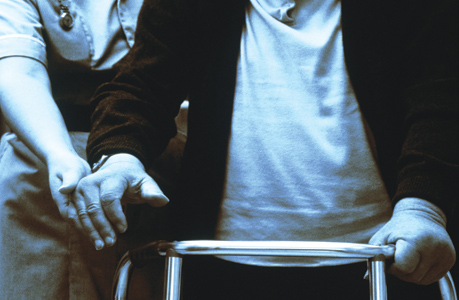
2013 – Military combat roles open to women
Secretary of Defense Leon Panetta lifts the ban on women in combat jobs in the U.S. military, opening every military occupation.
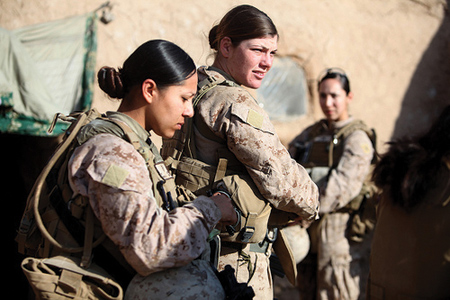
2014 – Employment program begins
Recognizing the value, talent and benefits veterans bring to the workforce, DAV launches a program, funded through the DAV Charitable Service Trust, committed to ensuring the men and women who serve America have all the tools, resources and opportunities available to competitively enter the job market and secure meaningful employment following service. In 2018, DAV would release The Veteran Advantage: DAV Guide to Hiring and Retaining Veterans with Disabilities, a comprehensive guide showing how hiring veterans can positively impact a company’s bottom line.
2014 – American Veterans Disabled for Life Memorial dedicated
DAV had advocated for a national memorial honoring America’s disabled veterans, paying tribute to all disabilities from all conflicts and military branches. Dedicated Oct. 5, the American Veterans Disabled for Life Memorial stands in view of the U.S. Capitol.
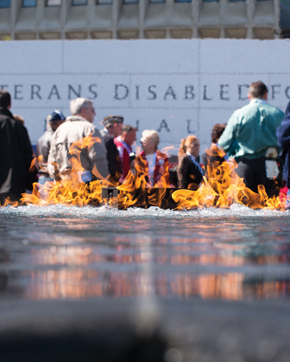
2014 – Women Veterans: The Long Journey Home published
DAV comprehensive study Women Veterans: The Long Journey Home is published, detailing challenges women face when leaving military service. In 2018, the follow-up report Women Veterans: The Journey Ahead highlights legislative accomplishments while establishing a road map going forward.

2014 – Operation: Keep the Promise
Following a government shutdown that impacted critical services for veterans, DAV hosts a rally in Washington, D.C., demanding expansion of advanced appropriations for veterans benefits and other VA discretionary accounts, which Congress approved at the end of the year.
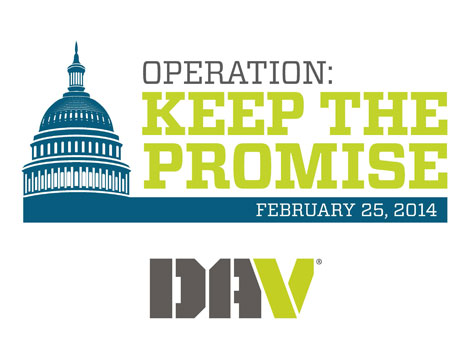
2015 – Mentorship program
The DAV Charitable Service Trust partners with Boulder Crest Retreat Foundation in Bluemont, Va., to provide mentorship to ill and injured veterans with DAV members serving as mentors.
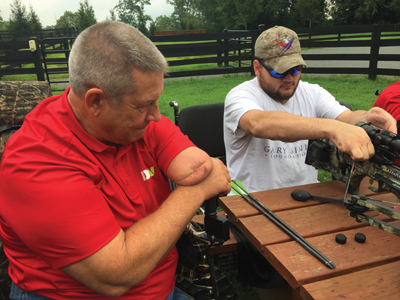
2016 – iTRAK digital training established
The Interactive Training, Research, Advocacy and Knowledge system, known as iTRAK, makes the institutional knowledge of DAV’s National Service Officer Program accessible to benefits advocates nationwide. This state of the art system is funded through the DAV National Service Foundation.
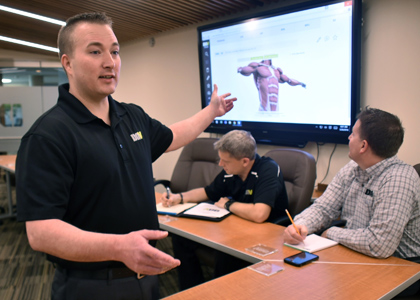
2016 – DAV co-presents Veterans TEE Tournament
In 2016, DAV begins co-presenting the National Disabled Veterans TEE (Training, Experience, Exposure) Tournament, a weeklong adaptive golf program, together with the VA in Iowa City, Iowa.
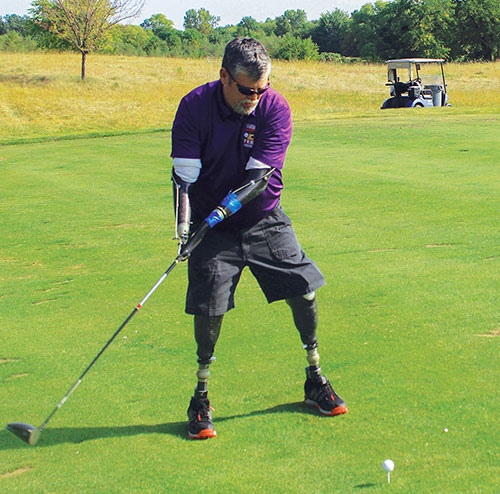
2017 – Gender barriers broken
Army retiree Delphine Metcalf-Foster becomes the first woman to lead one of the three biggest veterans organizations when she’s elected DAV national commander. Craig Johniken, the first male DAV Auxiliary commander, is also elected at the 96th DAV and Auxiliary National Convention in New Orleans.
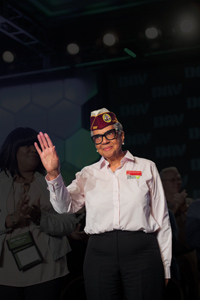
2018 – Appeals modernization enacted
DAV spearheads a revamp of the benefits decision appeals process, improving notification of VA decisions, providing safeguards to ensure veterans receive the earliest effective date possible for their claim and giving veterans dissatisfied with the VA decision on their claims more options to seek higher review.
2018 – VA MISSION Act passed
The VA MISSION Act expands the caregiver support program to pre-9/11 veterans, streamlines and expands VA’s community care program, lowering veterans’ barriers to timely, high-quality health care.
2018 – Hiring guide published
Having identified that stereotypes and misinformation was a lead roadblock for underemployed and unemployed veterans, Veteran Advantage: DAV Guide to Hiring and Retaining Veterans with Disabilities is released to support employers, dispel myths and demonstrate the business case for bringing on those who’ve served.

2019 – Blue Water Navy Act passed
The Blue Water Navy Act grants presumptive status for benefits to tens of thousands of Navy veterans who were exposed to Agent Orange while serving in ships off the coast of Vietnam.

